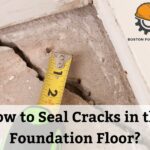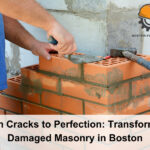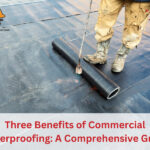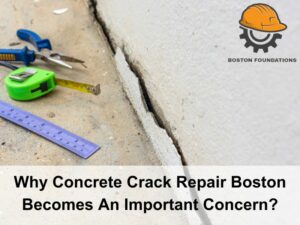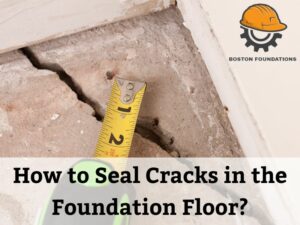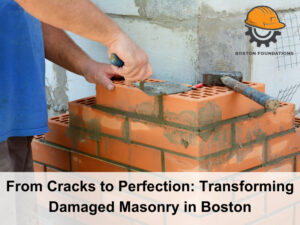Inadequate drainage foundation is a common issue that affects the structural integrity of buildings and can lead to costly repairs if not addressed promptly. This article delves into the causes, consequences, and solutions of inadequate drainage, providing valuable insights for property owners, builders, and architects.
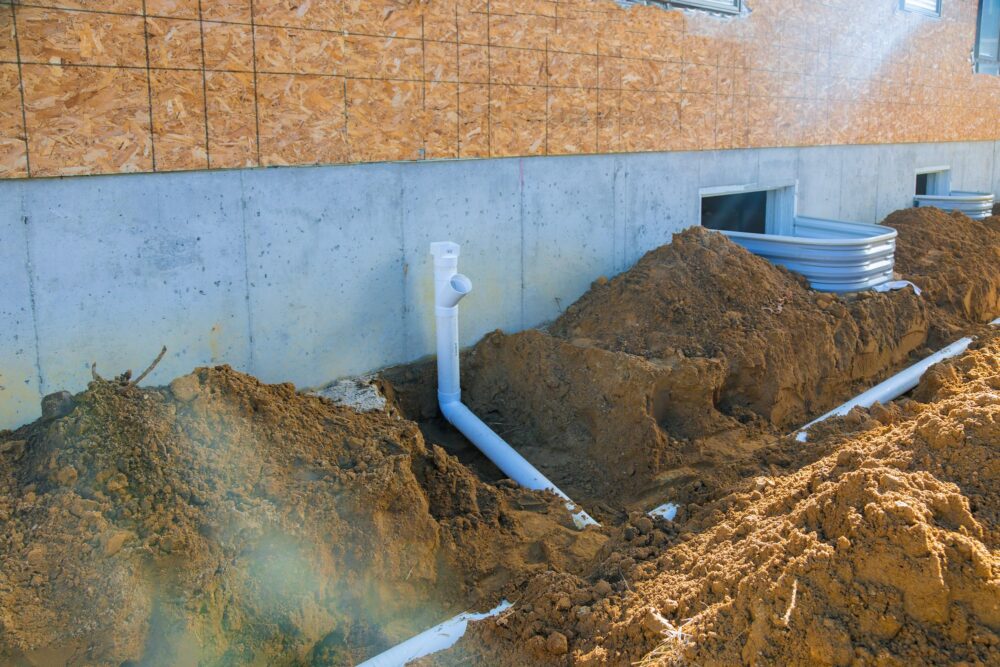
Causes of Inadequate Drainage Foundation
- Poor Soil Conditions: Clay or expansive soils can retain water, causing the ground to swell and exert pressure on the foundation.
- Insufficient Slope: A flat or negative slope prevents water from draining away from the foundation, increasing the risk of damage.
- Improperly Installed Gutters and Downspouts: Gutters that are clogged or improperly directed can cause water to pool around the foundation.
- Lack of Proper Drainage Systems: The absence of French drains, swales, or other drainage solutions can result in water accumulation near the foundation.
Consequences of Inadequate Drainage Foundation
Pros
- None
Cons
- Foundation Damage: Excess water can cause foundations to crack, settle, or heave, leading to structural damage.
- Mold and Mildew Growth: Damp environments promote the growth of mold and mildew, which can lead to health problems for occupants.
- Decreased Property Value: Foundation issues can lower the value of your property and make it harder to sell.
- Increased Repair Costs: Addressing drainage issues in the foundation can be expensive, especially if structural damage has occurred.
Solutions to Inadequate Drainage Foundation

- Assess and Improve Soil Conditions: Evaluate the soil around your foundation and consider adding fill material or installing a drainage system to improve water flow.
- Improve Grading: Ensure the ground slopes away from the foundation at a minimum of six inches per 10 horizontal feet.
- Maintain Gutters and Downspouts: Clean and repair gutters regularly, and ensure downspouts direct water away from the foundation.
- Install Proper Drainage Systems: Consider installing French drains, swales, or other drainage solutions to manage excess water near the foundation.
Preventing Inadequate Drainage Foundation
- Proper Site Selection: Choose a building site with good natural drainage, avoiding low-lying areas prone to water accumulation.
- Quality Construction Practices: Employ reputable contractors who adhere to building codes and best practices for foundation construction and drainage.
- Regular Maintenance: Schedule periodic inspections to detect and address any potential drainage issues before they escalate.
In conclusion, inadequate drainage foundations can have serious consequences for your property. By understanding the causes and implementing appropriate solutions, you can safeguard your investment and maintain the structural integrity of your building. Regular maintenance and adherence to construction best practices are key to preventing drainage-related problems.




